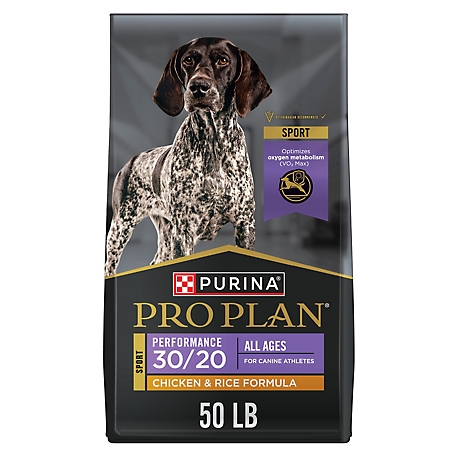Pedigree Complete Nutrition Adult Roasted Chicken, Rice and Vegetable Flavor Dry Dog Food
Get the most out of your furry friend with the Pedigree Complete Nutrition Adult Dry Dog Food Roasted Chicken, Rice & Vegetable Flavor Dog Kibble. Pedigree Complete Nutrition adult dry dog food is made with no high fructose corn syrup, no artificial flavors, and no added sugar. Each bag delivers complete and balanced nutrition enriched with omega-6 fatty acids to help nourish your dogs skin and coat. This roasted chicken, rice and vegetable dog food recipe helps maintain a healthy lifestyle with antioxidants, vitamins, and minerals, in the delicious chicken flavor they love.
Get the most out of your furry friend with the Pedigree Complete Nutrition Adult Dry Dog Food Roasted Chicken, Rice & Vegetable Flavor Dog Kibble. Pedigree Complete Nutrition adult dry dog food is made with no high fructose corn syrup, no artificial flavors, and no added sugar. Each bag delivers complete and balanced nutrition enriched with omega-6 fatty acids to help nourish your dogs skin and coat. This roasted chicken, rice and vegetable dog food recipe helps maintain a healthy lifestyle with antioxidants, vitamins, and minerals, in the delicious chicken flavor they love.
- Contains one (1) bag of Pedigree Complete Nutrition adult dry dog food roasted chicken, rice & vegetable flavor dog kibble
- This roasted chicken, rice and vegetable dog food recipe helps maintain a healthy lifestyle with antioxidants, vitamins, and minerals, in the delicious chicken flavor they love
- Provides whole grains and helps support healthy digestion
- Each bag delivers complete and balanced nutrition enriched with omega-6 fatty acids to help nourish your dogs skin and coat
- Made in the USA with the world’s finest ingredients
- Pedigree Complete Nutrition adult dry dog food is made with no high fructose corn syrup, no artificial flavors, and no added sugar
- Crunchy kibble helps clean teeth over time
- Dogs bring out the good in us; Pedigree brings out the good in them, feed the good
Additional information
| Country of Origin | Made in USA |
|---|---|
| Breed Size | Extra Small, Small, Medium, Large, Extra Large |
| Flavor | Chicken |
| Health Features | Digestion Support, Skin & Coat Health |
| Life Stage | Adult |
| Primary Flavor | Vegetables, Chicken, Rice |
| Special Diets | AAFCO Formulated |
| Manufacturer Part Number | 10249512 |











by Samantha
Good dog food. Easy peasy ordering for pickup with their app.
by Craig
My dogs have no allergic reations and they love this food.
by Helen
We love the price of Pedigree animals love the taste. Feed dogs to Emu and all are healthy !
by Moss
This is the only brand and flavor my GD Xena doesn’t turn her nose up at.
by Miki
Great food, my dogs love it.